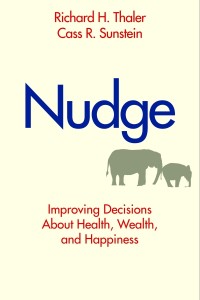 This weekend, the Times chronicled the role that Bell Labs played in technical innovation (Innovation and the Bell Labs Miracle – NYTimes.com). While the author compared Bell’s slow, planned innovation to the more rapid Silicon Valley model, I can think of at least two important components missing in the story.
This weekend, the Times chronicled the role that Bell Labs played in technical innovation (Innovation and the Bell Labs Miracle – NYTimes.com). While the author compared Bell’s slow, planned innovation to the more rapid Silicon Valley model, I can think of at least two important components missing in the story.
To me, the role of the large research university simply cannot be understated. Try a search for “university” on the Wikipedia “History of the Internet” page, and it lights up. What’s more interesting, and perhaps warrants further study, is the relationship between business and the university. It’s a relationship that’s often hinted at, but it’s story (to my knowledge) has never been told.
Another aspect is the role of the individual inventor. Richard John’s Network Nation is a fascinating read that goes into some detail — specifically on the history of Bell.
Innovation is a story that’s often oversimplified. Perhaps the bell in an ivory tower is a nice metaphor. Of course, the cathedral connotes a somewhat different metaphor of innovation.

